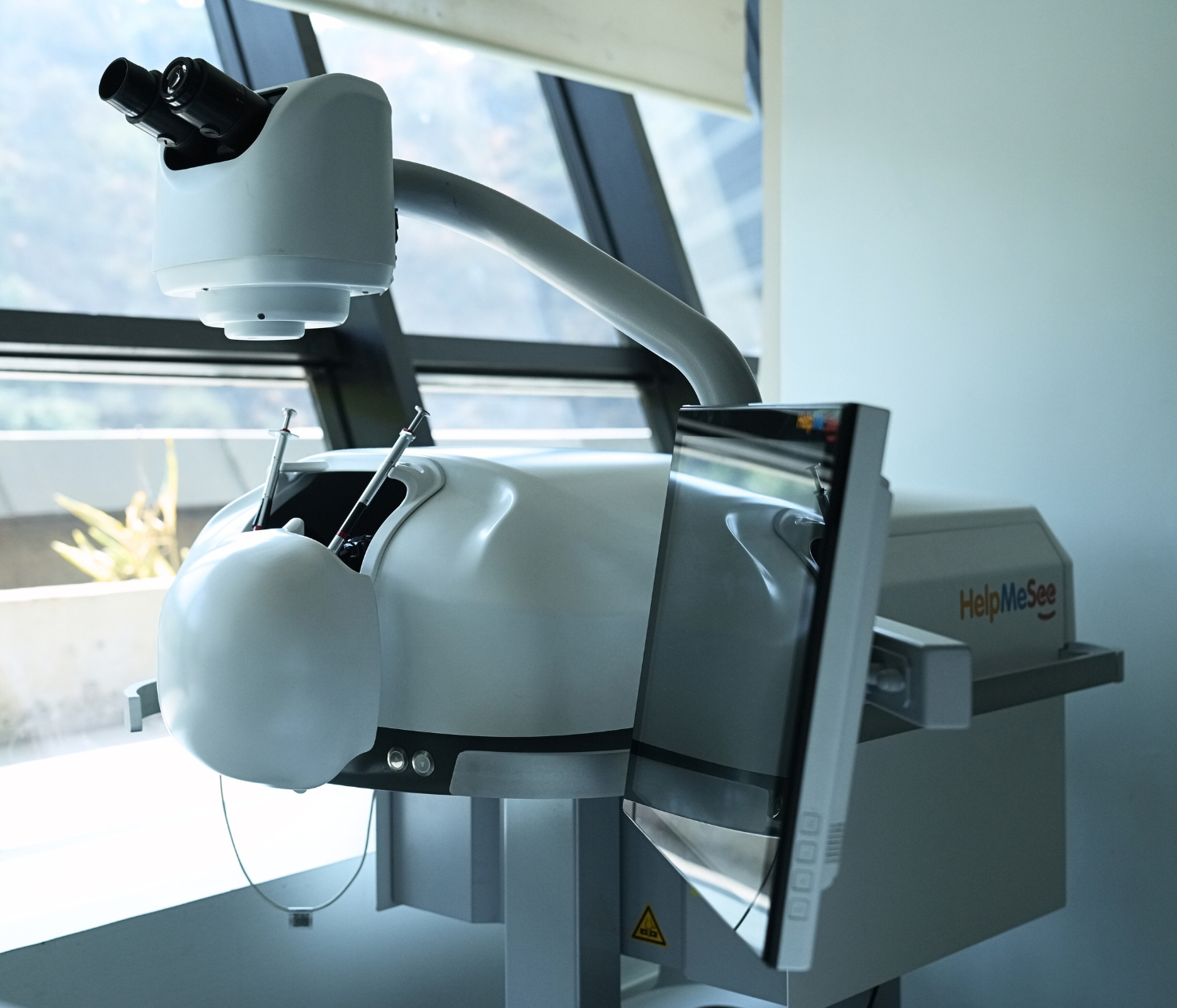One hundred million people are suffering from cataract blindness or vision impairment due to many factors, including the global shortage of surgeons. Despite being a treatable condition, millions remain blind due to a lack of access to skilled surgeons. The World Report on Vision, published by the World Health Organization (WHO), addresses the challenges in eye care and highlights the need for integrated, people-centered eye care, particularly in low-income countries where access to healthcare and skilled surgeons is limited. (1)
The numbers tell a stark story. In some regions of sub-Saharan Africa and South Asia, there is only one ophthalmologist for every million people (2). Even in countries with more resources, training opportunities for cataract surgery remain insufficient. Studies revealed 40.1% of residents in India were performing independent surgeries, and of those not performing independent surgeries. the majority were their-year residents. (3)
This lack of trained specialists has led to a massive backlog of untreated cataract cases, leaving millions in unnecessary darkness.
Why Training More Cataract Specialists Is Critical
Addressing this cataract blindness backlog crisis requires more than just medical supplies—it requires skilled hands. A single trained cataract specialist can potentially restore vision to 30,000 people throughout their career. Increasing the number of cataract specialists means reducing the burden on healthcare systems, empowering local communities, and restoring independence and dignity to millions of people who would otherwise remain blind.
By developing innovative simulation-based training, HelpMeSee is a scalable, efficient solution that enables more cataract specialists to be trained faster, more effectively, and with fewer risks to patients (4).

Behind the Scenes: Delivering a World-Class Training Experience
The HelpMeSee Eye Surgery Simulator is more than just a training tool—it’s a lifeline for future cataract specialists. However, ensuring this groundbreaking technology reaches the hands of ophthalmic professionals worldwide is a monumental logistical challenge.
Moving high-end surgical training equipment like the HelpMeSee Eye Surgery Simulator to global events is a massive operation. Events such as the American Academy of Ophthalmology (AAO) Annual Meeting and other global medical conferences provide critical opportunities for ophthalmology residents, educators, and program directors to experience the difference simulation-based training can make.
Preparing for these events begins months in advance, with teams coordinating logistics, transportation, and setup. Since each simulator weighs several hundred pounds, specialized shipping solutions are required, ensuring the equipment arrives intact and ready for immediate use. Engineers travel alongside the simulator, assembling and calibrating it on-site. Every detail—from software updates to haptic feedback adjustments—is checked to guarantee a seamless user experience.
Each simulator is over 4 feet long, 2 feet wide, and 4 feet tall, weighing nearly 300 pounds. To transport it safely, the HelpMeSee Eye Surgery Simulator is packed in a large wooden crate, carefully positioned and tightly strapped inside to protect its delicate technology. When fully loaded, the crate weighs around 500 pounds and requires a forklift for loading onto a truck. From there, the simulator embarks on its journey—whether it’s to a training center in an under resourced region or a major ophthalmology conference where ophthalmic professionals, educators, and program directors can experience at no cost demonstration with an instructor-led demonstration (3).

Once the simulator is set up, attendees can experience firsthand the realistic instrument handling, foot pedal feedback, and haptic technology (a realistic, lifelike feedback) that make the HelpMeSee Simulation-based Training Program so realistic. These demonstrations help program directors and cataract specialists understand why integrating simulation technology into ophthalmic education is the future of surgical training.
Without this behind-the-scenes effort, the HelpMeSee Simulation-based technology wouldn’t be able to reach potential cataract specialists who will go on to restore sight for millions. The logistical challenges are significant, but the impact is immeasurable.
The Urgency of Your Support
The demand for skilled cataract specialists is immense. With an estimated 14.1 ophthalmologists per million people performing cataract surgery globally, the backlog of untreated cataract blindness continues to grow. But with your support, HelpMeSee can train more cataract specialists, restore more vision, and change more lives.
Your donation directly fuels simulator deployment, training programs, and the fight against preventable blindness. Each contribution helps expand our reach, equipping more cataract specialists with the skills they need to transform lives.
Join Us in the Fight Against Cataract Blindness
Through simulation-based training, we have the power to close the gap in cataract surgical training. But we can’t do it alone. Support HelpMeSee today and be a part of a movement that is restoring sight, one skilled cataract specialist at a time.
(1) World Health Organization. World Report on Vision. World Health Organization, 2019, https://www.who.int/docs/default-source/documents/publications/world-vision-report-accessible.pdf
(2) Embrace Relief. “The Epidemic of Cataracts in sub-Saharan Africa.” Embrace Relief, June 2019, https://www.embracerelief.org/wp-content/uploads/2019/06/The-Epidemic-of-Cataracts-in-sub-Saharan-Africa-.pdf.
(3) Nair, Akshay G., et al. Cataract Surgical Training Among Residents in India: Results from a Survey. Indian Journal of Ophthalmology, 2023.
(4) Nair, Akshay G., et al. “Effectiveness of Simulation-Based Training for Manual Small Incision Cataract Surgery Among Novice Surgeons: A Randomized Controlled Trial.” Scientific Reports, vol. 11, no. 10945, 2021, https://helpmesee.org/helpmesee-simulation-based-training-system-leads-to-fewer-errors-in-real-life-cataract-surgery-full-report-05-26-2021/
(5) Lansingh, Van C., et al. Embracing Technology in Cataract Surgical Training – The Way Forward. Indian Journal of Ophthalmology, 2022.

